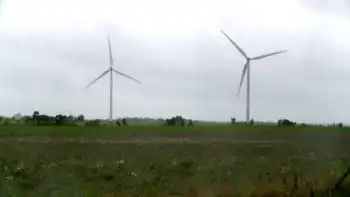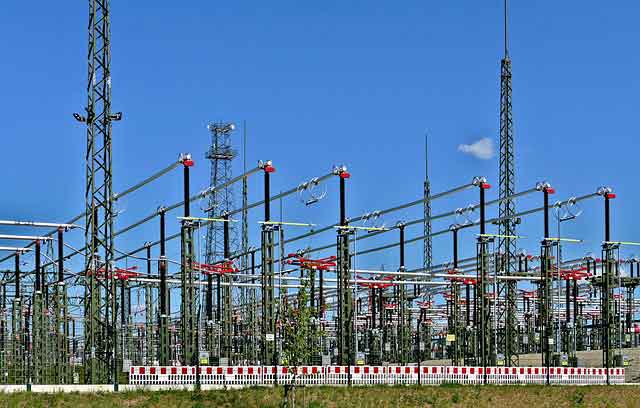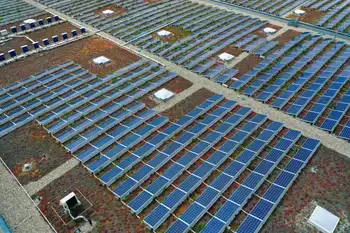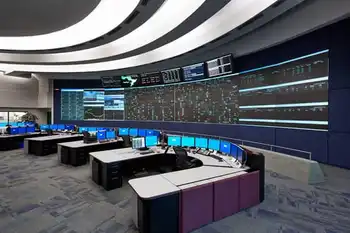Turbine complaints “absurd”
By Toronto Star
Substation Relay Protection Training
Our customized live online or in‑person group training can be delivered to your staff at your location.

- Live Online
- 12 hours Instructor-led
- Group Training Available
The proposed Toronto Hydro project would install up to 60 wind turbines "three or four" kilometres offshore, Smitherman noted, suggesting that should be far enough away from homes to ease fears.
"If they've elevated their opposition to the point of outrage, then I think they're getting themselves worked up into an artificial lather."
Smitherman, known for his combative approach to politics, accused some area residents of "not-in-my-backyard" (NIMBY) syndrome for opposing the installation of testing instruments to check wind speeds in the area.
"The one place I really think I'm starting to see it is related to these folks on the Bluffs who are managing to concoct all forms of opposition, most of which is, I think, pretty close to absurd," he added.
Smitherman said his green energy act, to be introduced shortly after the Legislature begins its winter sitting, will help the government "raise the barre" on its ambitions for more green energy. Only safety and environmental concerns will be legitimate objections to biofuel plants, solar panel fields and wind turbines under the act.
Premier Dalton McGuinty, who issued a warning to NIMBY opponents in London two days ago, said the policy to restrict objections to green projects required a "difficult decision" but he hailed it as an "important step forward."
Opposition critics said the government's attitude is certain to provoke communities and homeowners concerned about the impact of green energy projects on their properties.
Depending on the nature of the projects and their proximity to homes and neighbourhoods, the effort to boost Ontario's supply of clean electricity could end up eroding the value of the biggest asset many Ontarians own – their homes, said Progressive Conservative MPP and justice critic Christine Elliott (Whitby-Ajax).
"They're prepared to ram this down people's throats," she warned. "They're not interested in hearing from people. They just want to dictate from the top down."
New Democrat MPP Andrea Horwath (Hamilton Centre) said there has to be a better way than the route the government has chosen.
"I think there's no doubt that green energy is a place where we have to go as a province, but I think we also have to be respectful... it shouldn't happen at the silencing of real concerns," said Horwath, who is running for the party leadership at its March convention.
Bluffs residents have warned McGuinty they're ready for a fight.
"Residents won't lay down," said local activist Jack Laforet.











